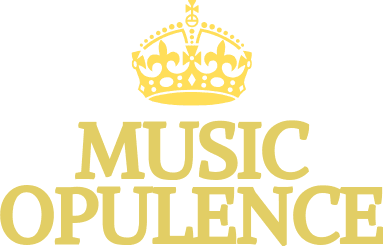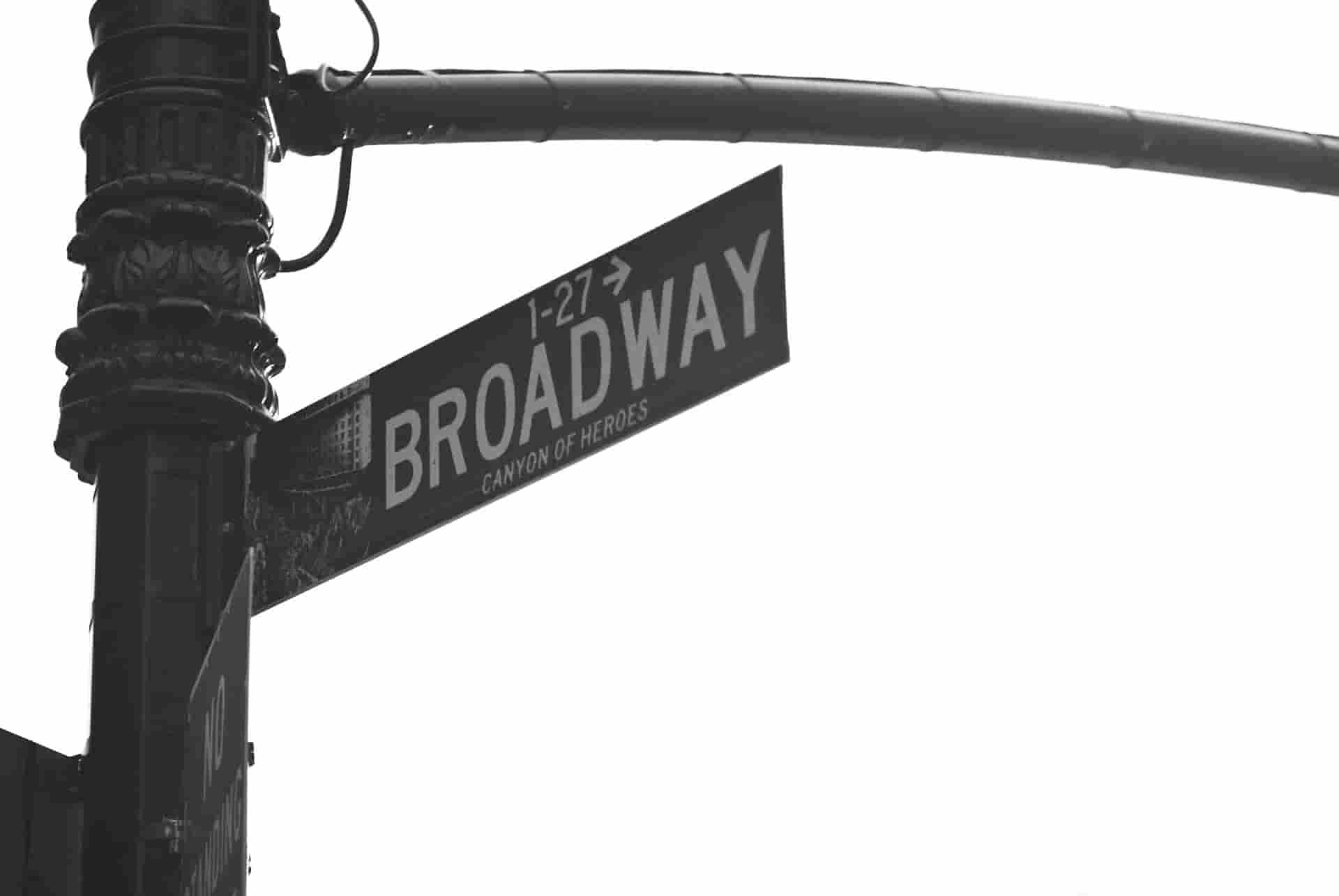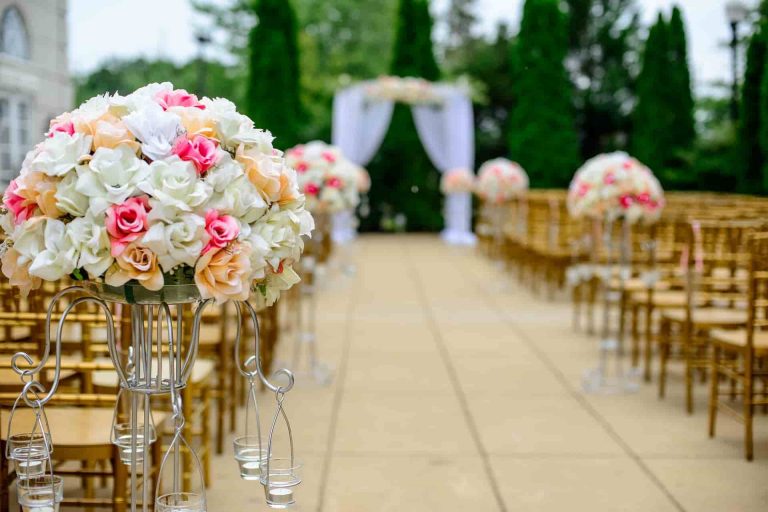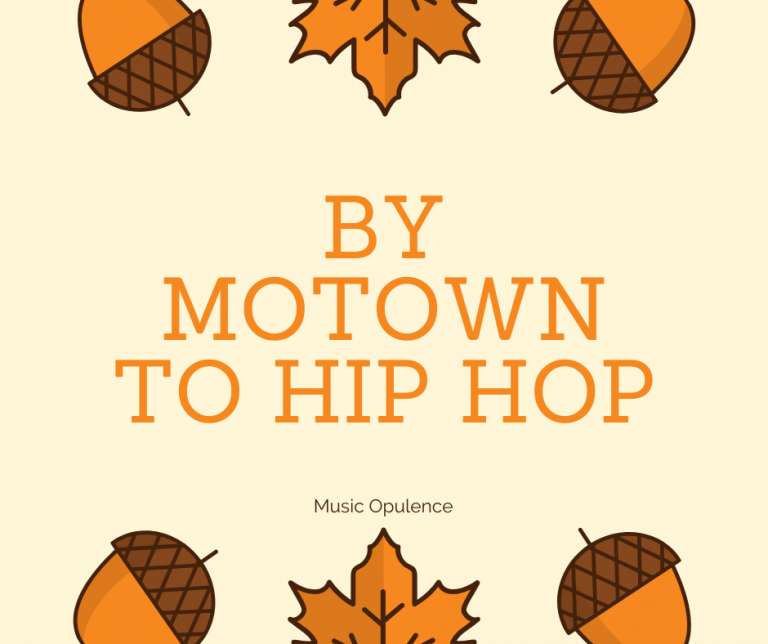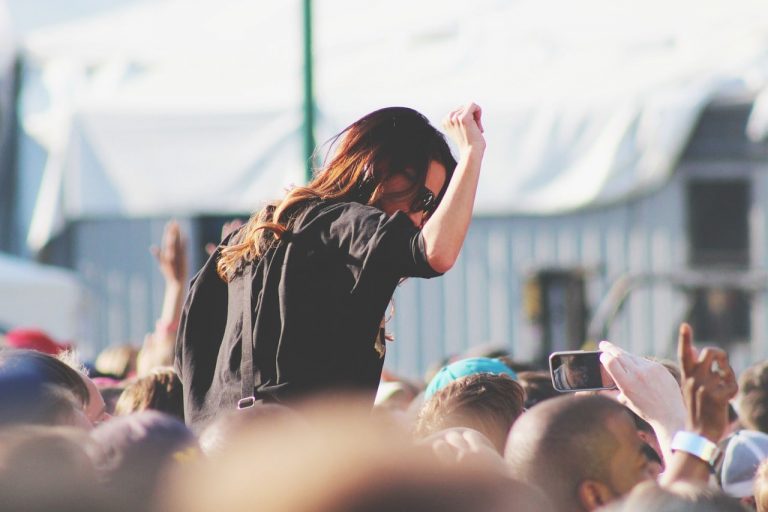The History Of Broadway Musicals
Broadway as an emblem
Broadway is the road in New York that has come to signify musicals and theater amusement. Now the region, famous to tourists and theater-goers, stretches from W.41st Street, in which the Netherlander Theater can be found up to W. 53rd Street’s Broadway Theater. Just four theatres are located on the Winter Garden in 50th Street, the Marquis in 46th Street, the Palace in 47th Street, Broadway and the Broadway in 53rd. Each of the homes is situated west or west of the twelve block stretch.
Broadway Stars.
America exported celebrities. The prominent celebrity to generate a tour was Edwin Forrest, who had played with Iago into Edmond Kean’s Othello and Iago. The next tour of Great Britain, at the decade of Forrest, did not fare too. He had been hissed off point. Its consequences were publicized from the American Press Although the disturbance of his excursion was a feud with a British celebrity and his return to the point has been obtained with fervor. This”private feud” turned into a global event and demonstration of class struggle in 1849, once the British celebrity in question was scheduled to play in the Astor Place Opera House in New York. A riot ensued on the night of May 10th that was set down with cannon and troops.
Broadways marquis.
On Broadway, the first marquis was lit in 1891. The theatre had been on Madison Square at the junction of Broadway and Fifth Avenue in W. 23rd Street. The website is currently occupied by the Flatiron Building. As every theatre declared its displays and celebrities From midway through the decade, the road blazed with signals. The road had an entirely different appearance, with as many as many theatres on Broadway and others located on paths or both roads. Twelve blocks were not greater than Broadway. It wound its way that a mile and a half up the Avenue finishing in the center of Long acre Square and began at 13th Street. This first decade of this century saw the building of theatres the New Amsterdam on 42nd Street in 1903, and others now in that calendar year, which are still standing.
Our Broadway.
The 20th Century’s first decade was transformational and dull. The transformation’s seeds return to 1882, and also the building of The Madison Square Theater. I had used an in the Eastside out of San Francisco and two brothers to help handle the theater. David Belasco, who had the distinction of appearing at San Francisco in 1877, on stage with a different kid, Maude Adams, was to be a playwright, theatre owner, and owner. The 2 brothers in the Eastside were, obviously, Daniel Frohman and Charles. When manufacturer Rudolf Aronson decided to construct a theater of his own the symptom of the transformation happened. At the moment, theatres were concentrated between 24th Street and Union Square.
